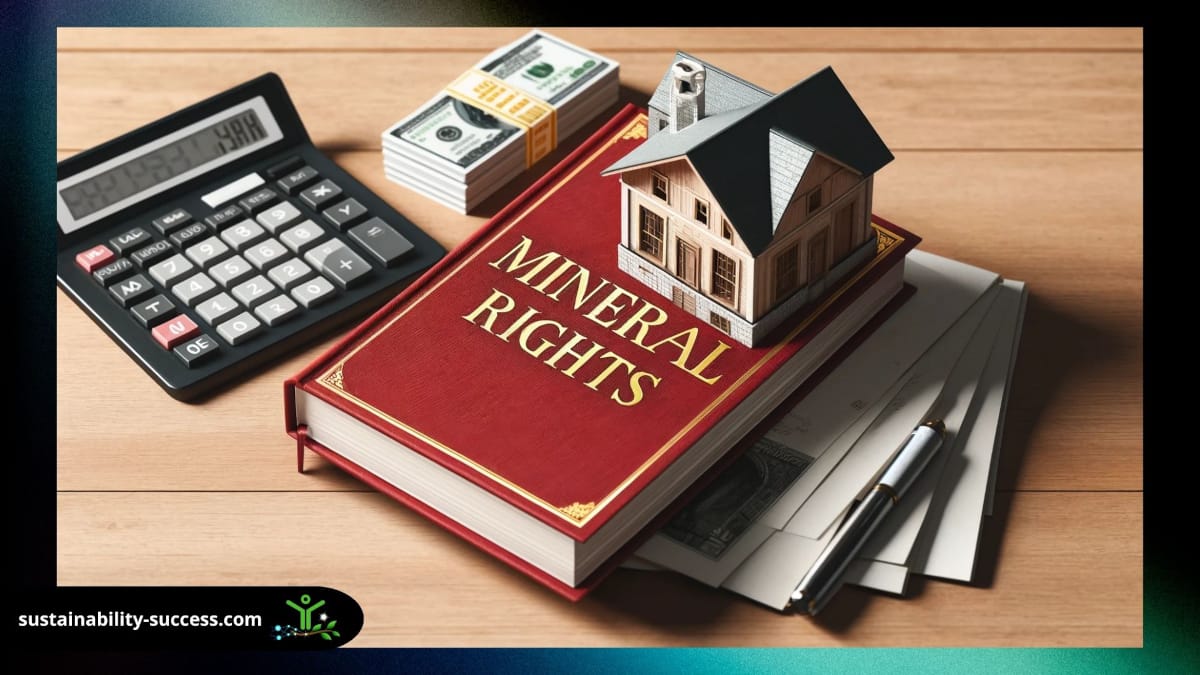The integration of sustainability into mineral rights is transforming the mining industry and impacting land values. As global awareness of environmental issues increases, sustainable practices in mineral extraction are becoming more crucial.
This guide explores how sustainable mineral rights influence land value and outlines the various benefits and challenges associated with this approach.
What are Sustainable Mineral Rights?
Sustainable mineral rights involve the extraction of minerals in a manner that seeks to minimize environmental impact, support local communities, and ensure the viability of natural resources for future generations.
This concept differs from traditional mineral rights, which primarily focus on the economic output from mining activities without equal consideration for ecological and social impacts.
Key concepts include:
- Environmental Stewardship: Implementation of practices that protect the ecosystem.
- Community Involvement: Engaging local populations in the mining process.
- Economic Efficiency: Techniques that ensure resource extraction is financially sustainable.
How Do Sustainable Mineral Rights Impact Land Value?

Influence on Market Perceptions
The market typically perceives lands with sustainable mineral rights more favorably than those with traditional mining rights.
This preference stems from the growing demand for ethically sourced and environmentally friendly products, which can increase land attractiveness and value.
Case Studies Analysis
Real-world examples demonstrate varying impacts of sustainable practices on land value. For instance:
- A mine in Norway adopted sustainable practices, leading to increased land prices due to improved public perception.
- In Brazil, a project’s failure to adhere to sustainable guidelines resulted in a decline in land value.
Key findings include:
- Positive market reception to sustainability commitments.
- Potential for premium pricing on lands practicing sustainable mining.
What Are the Economic Benefits of Sustainable Mineral Rights?
Sustainable mineral rights can enhance economic value by:
- Investor Interest: Growing interest from investors seeking ethical investment opportunities.
- Community Development: Economic benefits for local communities through job creation and infrastructure improvements.
How to Assess Land Value with Sustainable Mineral Rights?
Key Factors Influencing Land Valuation
Several factors impact the valuation of land with sustainable mineral rights:
- Certification and Compliance: Lands certified as sustainable often are more desirable for investors.
- Access to Markets: Easier access to markets that value sustainability.
- Long-term Resource Management: Effective management practices ensuring ongoing access to resources.
Valuation Methods and Models
Valuation professionals might use several methods:
- Discounted Cash Flow Analysis: Projecting future cash flows from sustainable practices.
- Comparative Market Analysis: Comparing similar properties with sustainable credentials.
- Cost Approach: Evaluating the cost of establishing sustainable practices on similar lands.
Legal and Regulatory Framework

Significant laws include regulations on emissions, water use, and community engagement that govern sustainable mining practices.
Impact of Regulatory Changes on Land Value
Regulatory changes can significantly impact land values:
- Stricter Environmental Regulations: Typically increase costs but can enhance long-term land value through improved sustainability.
- Incentives for Sustainable Practices: Tax breaks or grants can directly increase land value.
Environmental Impact of Sustainable Mining Practices
Sustainable mining practices help mitigate risks such as pollution and habitat destruction, potentially increasing land value.
Sustainable practices contribute to:
- Soil Health: Reduced contamination leads to more usable land post-mining.
- Water Resources: Better management of water resources enhances land usability and value.
Community and Social Considerations
Strong community ties can boost project approval rates and speed, enhancing land value.
Social Responsibility in Mineral Extraction
Practices include:
- Fair Labor Practices: Ensuring fair wages and safe working conditions.
- Local Economic Growth: Investment in local infrastructure and education.
Investment Opportunities in Sustainable Mineral Rights
Attractiveness to Investors
Investors are increasingly attracted to properties that offer sustainable returns, considering factors such as:
- Reputation Risk: Lower risk associated with sustainable practices.
- Long-term Viability: Projects are seen as more adaptable to future regulations.
Risk and Return Analysis
While sustainable practices might involve higher initial costs, they can yield higher long-term returns due to improved market perceptions and regulatory support.
Challenges in Implementing Sustainable Mining Practices
Major challenges include:
- High Initial Investment: Significant upfront costs.
- Technological Barriers: Need for advanced technologies.
- Regulatory Compliance: Complexity in meeting diverse regulations.
Future Trends in Sustainable Mining and Land Valuation
Predictions suggest:
- Increased Regulation: Likely tightening of environmental regulations.
- Growth in Green Technologies: More efficient and cost-effective mining solutions.
Conclusion
Understanding the impact of sustainable mineral rights on land value is essential for stakeholders in the mining and real estate sectors.
This guide highlights the economic, environmental, and social dimensions of sustainable mining practices, offering insights into their benefits and challenges, and illustrating their growing importance in global markets.

